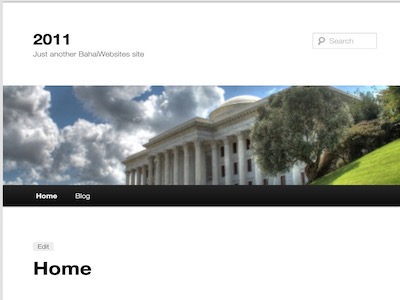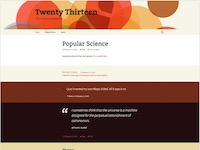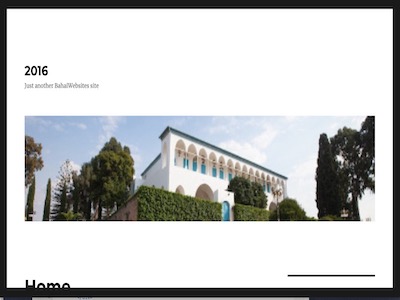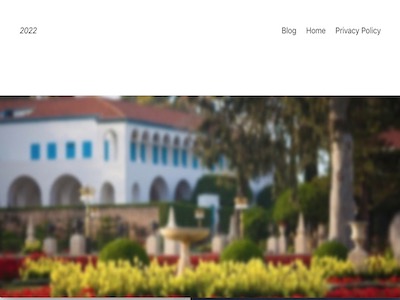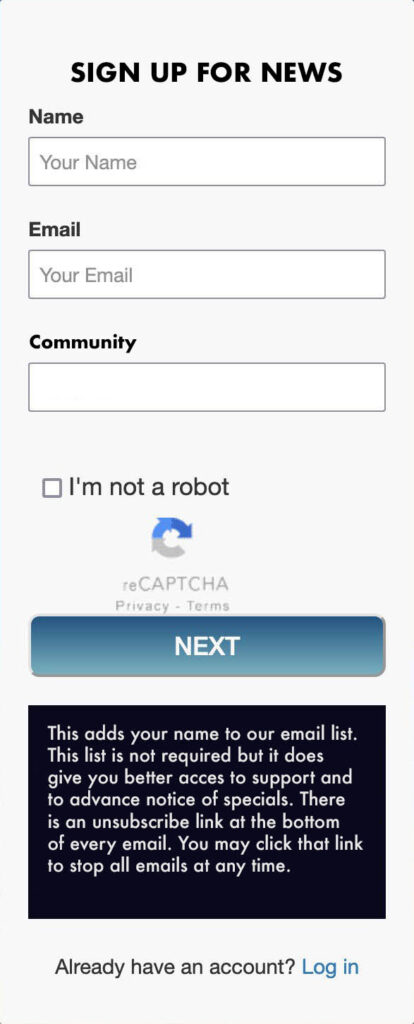This is basically what a LayPerson (a non-technical person) needs to know.
The BIA, Bahá’í Internet Agency published a handbook for Bahá’í institutions about Internet Security as a PDF. Version 5 was published in July 2014. This handbook is still valid today. It is free and available below.
Simple answers
Items in the first section of the contents include: Simple Answers to antivirus, anti-spyware, firewalls, data backups, usernames and passwords.
Overview
Also included are two-factor authorization, social engineering, wireless networks and protecting laptops and networks against intrusions.
Risk Assessment
Other chapters include risk assessment, patches and fixes, when and how to upgrade operating systems, and handling unsupported software. There is also a section on pirated software.
Patches and Fixes
The manual then goes in to deeper levels of these subjects, including secure browsing, defense in depth, and hardening operating systems, user privileges, and securing personal computers.
Secure Browsign
This information is important for Local Spiritual Assemblies to know and practice, because eventually some personal information about members of their communities will be handled online. It would be very important for this sensitive information to be handled securely and in private.
Dangers of Viruses
There are other sections on the nature of viruses, trojan horses, and root kits, worms and other less-known dangers, including removing viruses and protecting against future attacks.
Spam
An important section deals with spam, spyware, phishing sites, spear phishing, social engineering and hoaxes.
A very useful section on anonymity on the internet and anonymous browsing. This section includes a section on how you are being tracked, when and by whom. The section on social network sites is especially important.
Firewalls
The section on firewalls includes personal, dedicated and the shortcomings of firewalls. Interestingly, there is a section on firewall testing.
Backups
The section on backups includes the definitions, when and why your data should be backed up, including strategies for making successful backups, and devices for doing this.
Recovering Data
The section on recovering from a disaster is essential reading, and should be read by everyone before it’s needed.
The most important thing to do first, is get offline. Assess the damage and find out of your system has been compromised, including determining if you have a virus.
Then there are the necessary questions: will your system “boot”? How to rollback your data, and rebuilding your system.
Some of these are meant for older systems, but they still apply today and it’s good to be prepared.
The section on email is essential. It includes security, the differences between web-based vs. desktop email systems, and instant messaging.
Increasingly essential is encryption for email and all your online and messaging systems.
There are sections on randomness, video conferencing, website, internet based services and cloud security.
Passwords
The section on passwords is something everyone should be familiar with but most people would be surprised. This section includes managing your passwords, determining a secure password, password managers, including when and how to change passwords. There’s even a section on biometrics.
Two factor Authentication
This section includes higher levels of security, domains names, mobile devices including, Apple iPhone, Android, Blackberry and Skype systems and devices.
Related Security
This section is a big category because so many things connect this way and there are new threats. This includes telephone systems, training. Also included are public computers and networks.
Cleaning before disposing of old computers is also important. This includes a section on trash, and physical security.
Conclusion
Finally, there are some last words of advice, including security maxims, and a security checklist. This manual is necessary reading for all members of a Local Spiritual Assembly, and indeed, anyone online.
Again, this is from the Bahá’í Internet Authority, and it’s free. You can find a source online or you can download a copy below.


